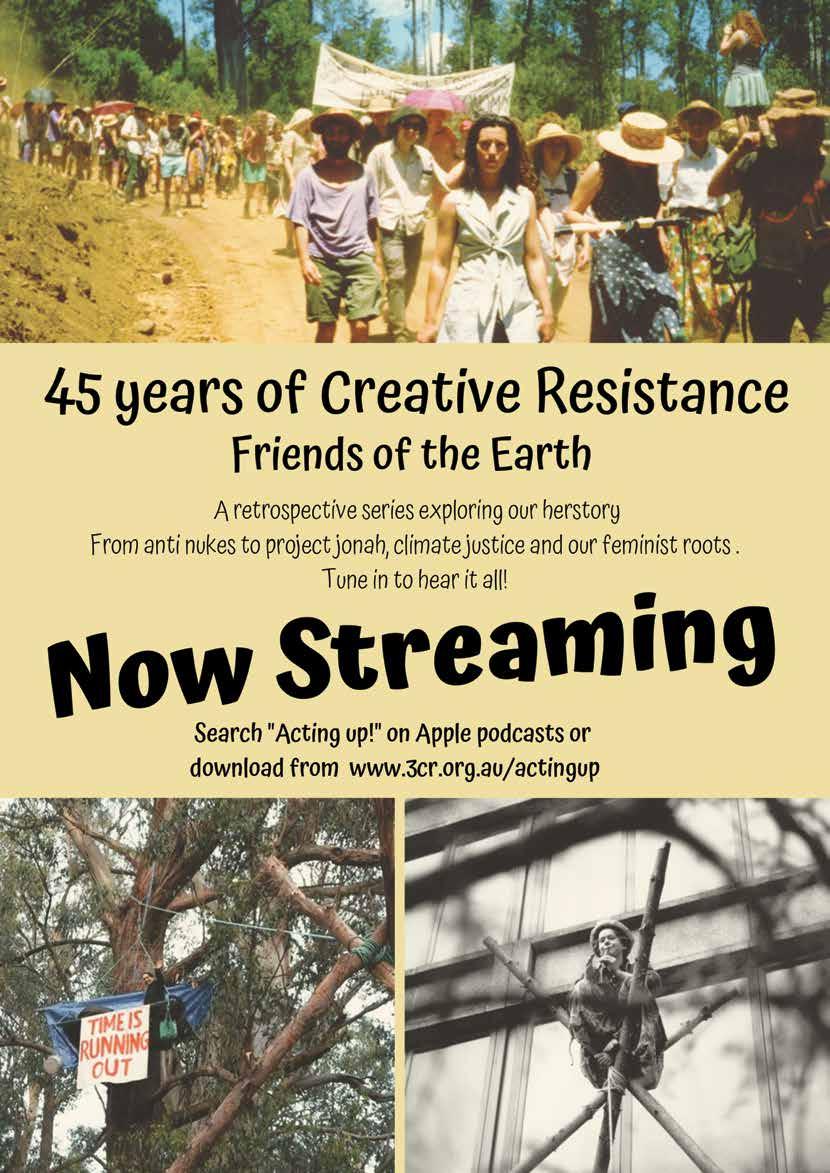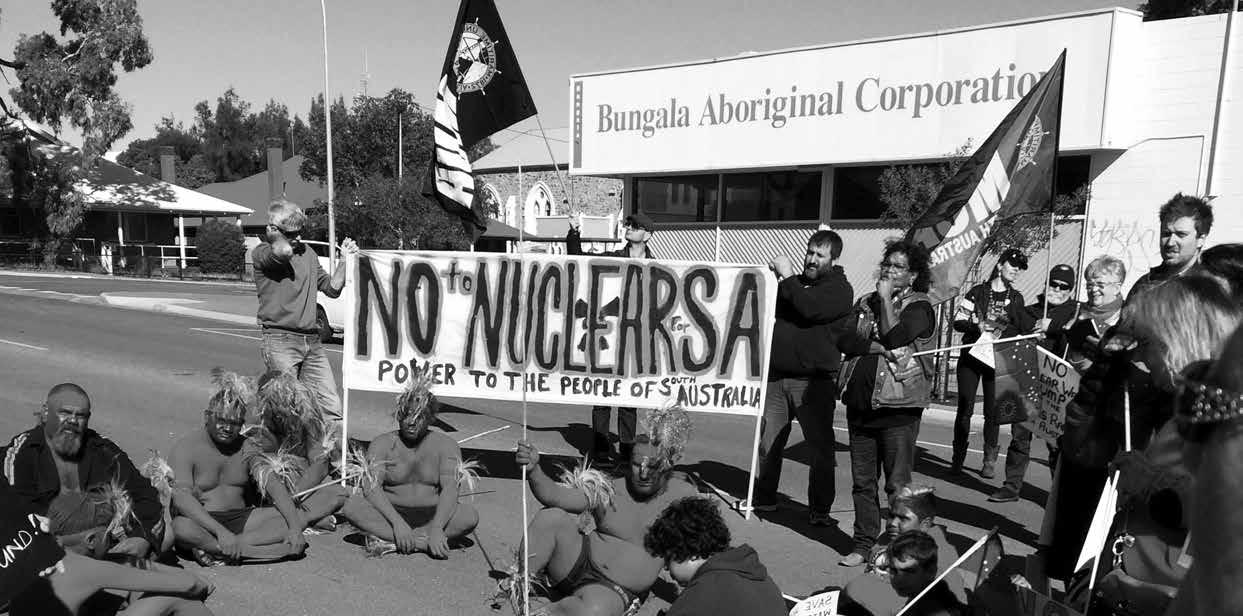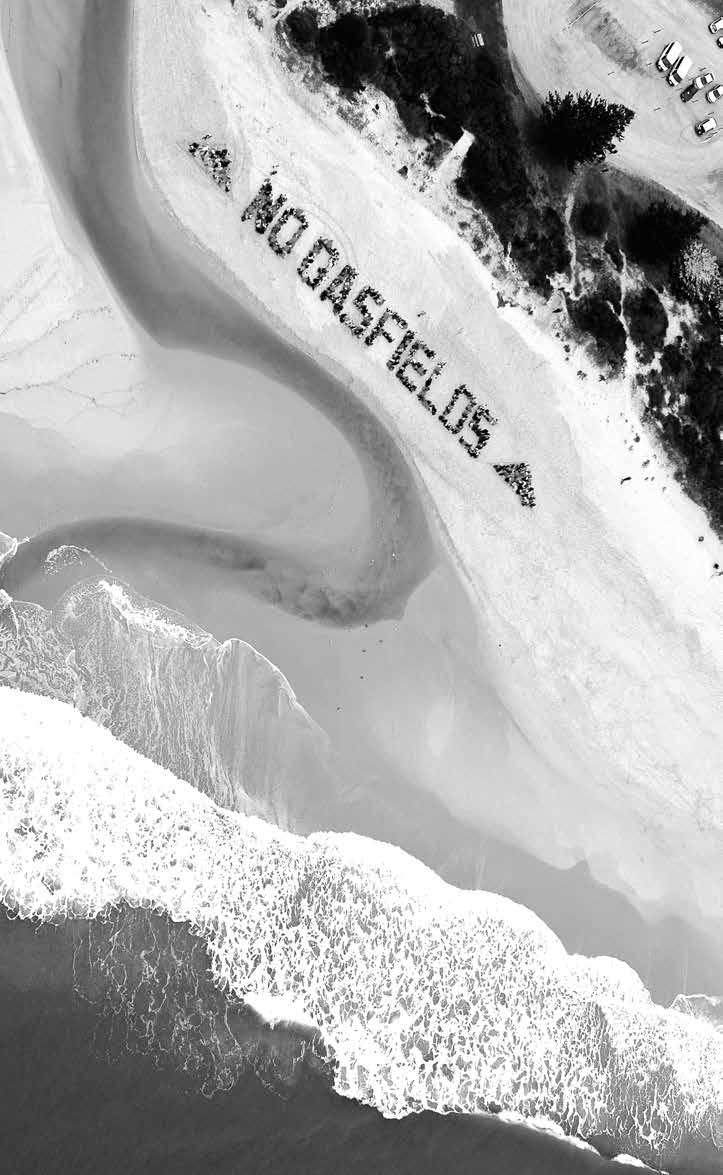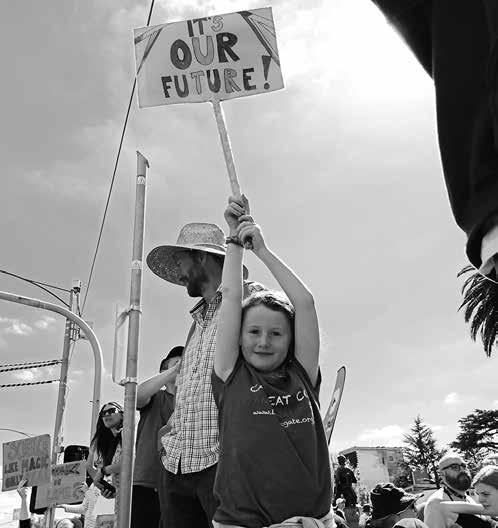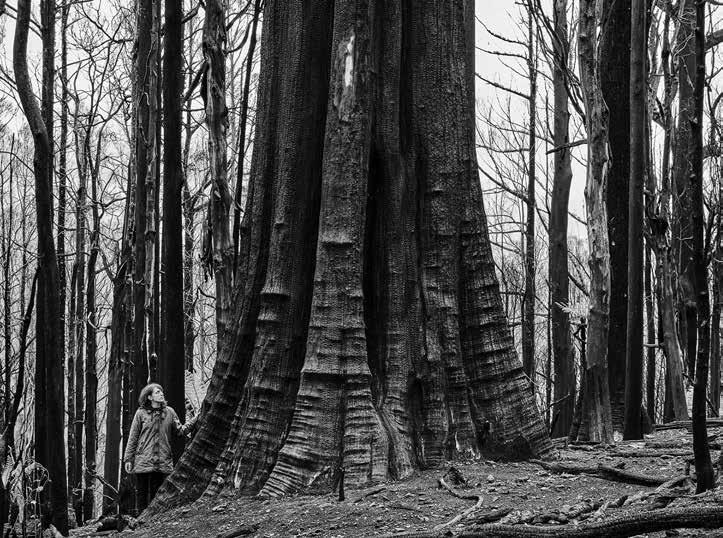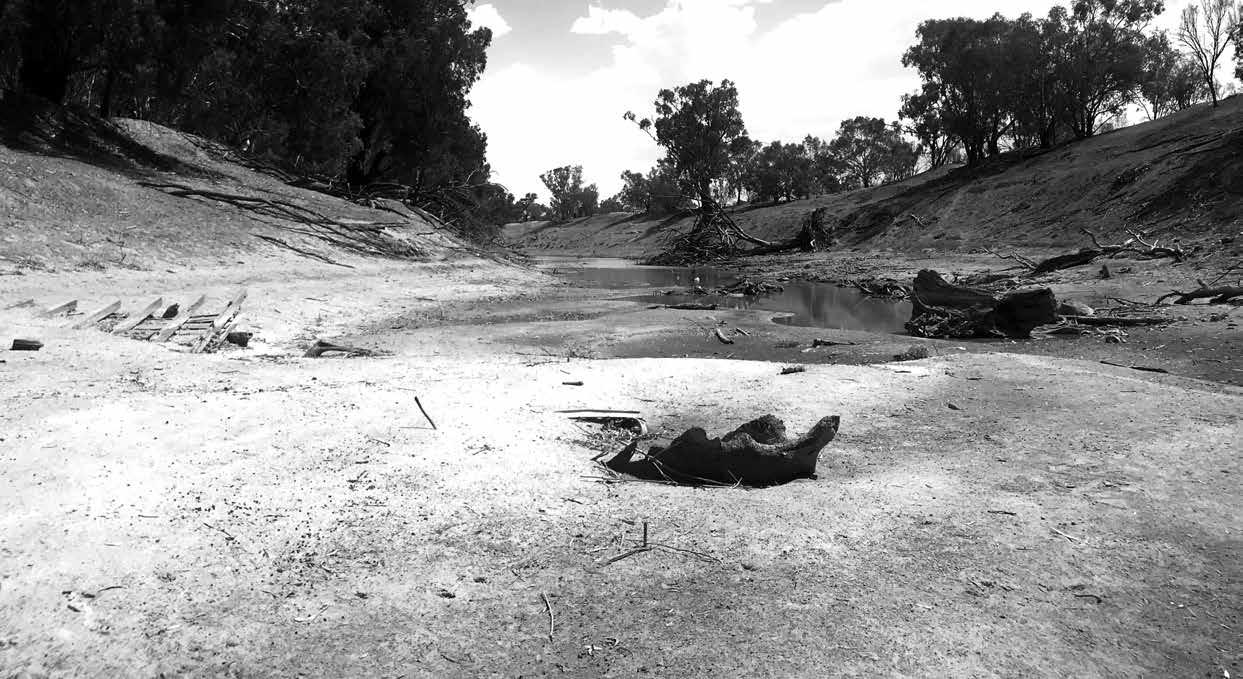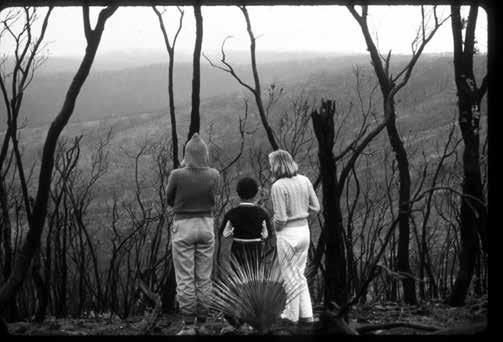Australia’s bushfire debates Cam Walker
Fires burnt an estimated 18.6 million hectares across Australia during the 2019/20 summer, destroying almost 3,000 houses and taking the lives of at least 34 people. Now that the fires are contained, attention turns to ‘what next’? Why were this season’s fires so bad, and what can we do to make next summer less destructive? Already a number of inquiries are underway. Of course, fire has a pivotal role in almost all landscapes across Australia, and this has been the case for millions of years. The continent of Australia is a cultural and natural landscape: it has been shaped by First Nations peoples for many hundreds of generations. Colonisation disrupted this long management and now settler society is trying to understand how fire should be used in the landscape to manage it for biodiversity, human safety and economic production. There is no doubt that climate change is driving intense fires. Beyond the question of the role of climate change in making this summer’s fires so intense, the public debate has revolved around various issues including the role of arson and whether the fires have been worsened by a lack of hazard reduction burning.
Arson Arson is a huge problem in Australia – many fires are started deliberately. NSW police charged 24 people with deliberately lighting bushfires this season. However, a conspiracy theory did the rounds on social media this summer which was clearly promoted by anti-environmentalists. They argue that arson was the primary cause of the fires, not climate change. Clearly both factors are at play, yet this argument tends to push the line that only one of these options is possible. Number crunching by the ABC found that throughout this summer’s bushfires, less than 2% of the hectares burnt have been due to arson. The Guardian reported: “Analysis found there is likely a “disinformation campaign” on Twitter’s #arsonemergency hashtag due to the “suspiciously high number of bot-like and trolllike accounts”. The problem of arson does not detract from the clear scientific evidence showing climate change is making Australia’s bushfire seasons longer and more severe. The Bureau of Meteorology’s advice is that climate change is “influencing the frequency and severity of dangerous bushfire conditions in Australia and other regions of the world, including through influencing temperature, environmental moisture, weather patterns and fuel conditions”.
14
Chain Reaction #138
May 2020
Hazard reduction burning and the culture wars There are loud voices in the public debate claiming that ‘greenies’ (and/ or the Greens party) are to blame for the intensity of this summer’s fires because they have blocked hazard reduction burns. This argument simply does not stack up. Firstly, no major environmental group opposes burning, nor do the Greens. Secondly, the Greens are not in power. Hazard reduction burning is largely the responsibility of state governments. The Coalition and ALP are in power across Australia, not the Greens. So how can a party that is not in power control what governments do? As reported in The Guardian: “Hazard reduction is carried out by fire authorities, national park staff and individual property owners who can apply for permits to clear areas around their buildings. Coordination of activities happens through local bushfire management committees. There are 120 committees in NSW. ‘The claim of a conspiracy by environmentalists to block hazard reduction activities has been roundly rejected by bushfire experts, and experts say it is betrayed by hard data on actual hazard reduction activities in national parks.” Over the past four years, NSW National Parks have undertaken over 75% of all prescribed burning in NSW, and as of December 2019, 88% of all fires that have started in national parks (typically by lightning) have been contained within the park. Thirdly, it is clear that some organisations, media outlets and political groups are promoting the ‘greenies are to blame’ narrative for their own political purposes, which is then being amplified by people who are simply concerned about the fires. Prof. Ross Bradstock, the director of the centre for environmental risk management of bushfires at the University of Wollongong, told Guardian Australia: “These are very tired and very old conspiracy theories that get a run after most major fires. They’ve been extensively dealt with in many inquiries.”
Fuel reduction is a tool, not a panacea A review of the 2009 Victorian fires is clear on the limited time that fuel reduction has value as a tool to reduce the flammability of vegetation: “Probability of crown fires was higher in recently logged areas than in areas logged decades before, indicating likely ineffectiveness as a fuel treatment. The results suggest that recently burnt areas (up to 5–10 years) may reduce the intensity of the fire but not sufficiently to
The continent of Australia is a cultural and natural landscape: it has been shaped by First Nations peoples for many hundreds of generations.


